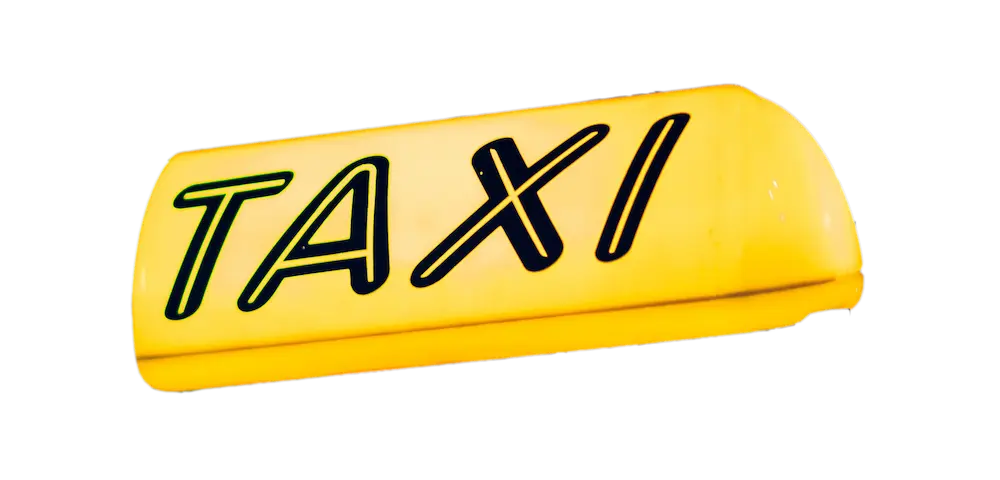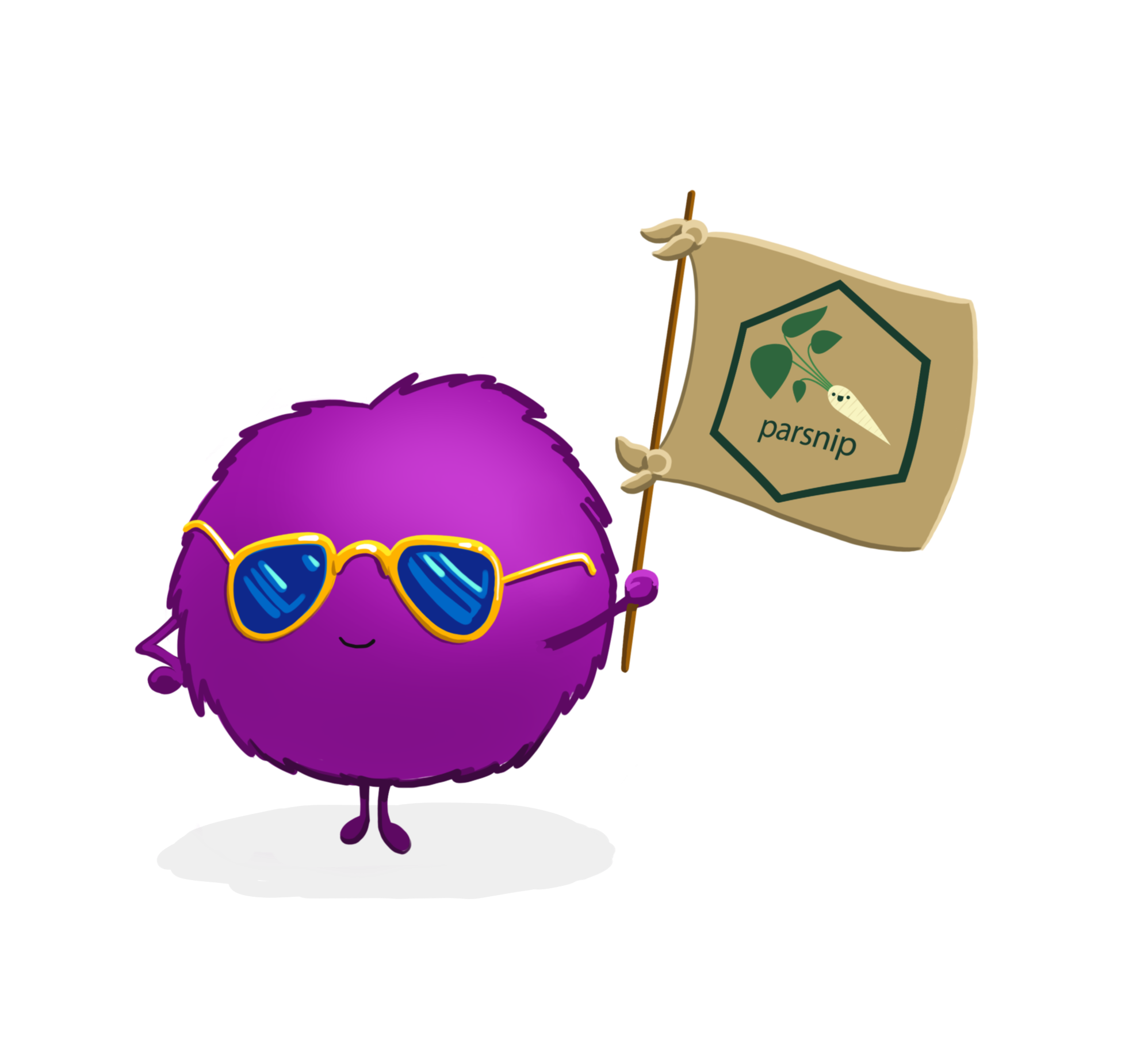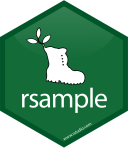2 - Your data budget
Machine learning with tidymodels
Data on Chicago taxi trips
- The city of Chicago releases anonymized trip-level data on taxi trips in the city.
- We pulled a sample of 10,000 rides occurring in early 2022.
- Type
?modeldatatoo::data_taxi()to learn more about this dataset, including references.
Which of these variables can we use?
Checklist for predictors
Is it ethical to use this variable? (Or even legal?)
Will this variable be available at prediction time?
Does this variable contribute to explainability?
Data on Chicago taxi trips
We are using a slightly modified version from the modeldatatoo data.
Data on Chicago taxi trips
N = 10,000- A nominal outcome,
tip, with levels"yes"and"no" - 6 other variables
company,local, anddow, andmonthare nominal predictorsdistanceandhoursare numeric predictors

Data on Chicago taxi trips
taxi
#> # A tibble: 8,807 × 7
#> tip distance company local dow month hour
#> <fct> <dbl> <fct> <fct> <fct> <fct> <int>
#> 1 yes 1.24 Sun Taxi no Thu Feb 13
#> 2 no 5.39 Flash Cab no Sat Mar 12
#> 3 yes 3.01 City Service no Wed Feb 17
#> 4 no 18.4 Sun Taxi no Sat Apr 6
#> 5 yes 1.76 Sun Taxi no Sun Jan 15
#> 6 yes 13.6 Sun Taxi no Mon Feb 17
#> 7 yes 3.71 City Service no Mon Mar 21
#> 8 yes 4.8 other no Tue Mar 9
#> 9 yes 18.0 City Service no Fri Jan 19
#> 10 no 17.5 other yes Thu Apr 12
#> # ℹ 8,797 more rowsData splitting and spending
For machine learning, we typically split data into training and test sets:
- The training set is used to estimate model parameters.
- The test set is used to find an independent assessment of model performance.
Do not 🚫 use the test set during training.
Data splitting and spending
The more data
we spend 🤑
the better estimates
we’ll get.
Data splitting and spending
- Spending too much data in training prevents us from computing a good assessment of predictive performance.
- Spending too much data in testing prevents us from computing a good estimate of model parameters.
Your turn

When is a good time to split your data?
03:00
The testing data is precious 💎
The initial split ![]()
Accessing the data ![]()
The training set![]()
taxi_train
#> # A tibble: 6,605 × 7
#> tip distance company local dow month hour
#> <fct> <dbl> <fct> <fct> <fct> <fct> <int>
#> 1 yes 4.54 City Service no Sat Mar 16
#> 2 no 10.2 Flash Cab no Mon Feb 8
#> 3 yes 12.4 other no Sun Apr 15
#> 4 yes 15.3 Sun Taxi no Mon Apr 18
#> 5 no 6.41 Flash Cab no Wed Apr 14
#> 6 yes 1.56 other no Tue Jan 13
#> 7 yes 3.13 Flash Cab no Sun Apr 12
#> 8 yes 7.54 other no Tue Apr 8
#> 9 yes 6.98 Flash Cab no Tue Apr 5
#> 10 yes 0.7 Taxi Affiliation Services no Tue Jan 9
#> # ℹ 6,595 more rowsThe test set ![]()
🙈
There are 2202 rows and 7 columns in the test set.
Your turn

Split your data so 20% is held out for the test set.
Try out different values in set.seed() to see how the results change.
05:00
Data splitting and spending ![]()
What about a validation set?
Exploratory data analysis for ML 🧐
Your turn

Explore the taxi_train data on your own!
- What’s the distribution of the outcome, tip?
- What’s the distribution of numeric variables like distance?
- How does tip differ across the categorical variables?
08:00
Split smarter
Stratified sampling would split within response values
Stratification
Use strata = tip
Stratification
Stratification often helps, with very little downside
The whole game - status update

